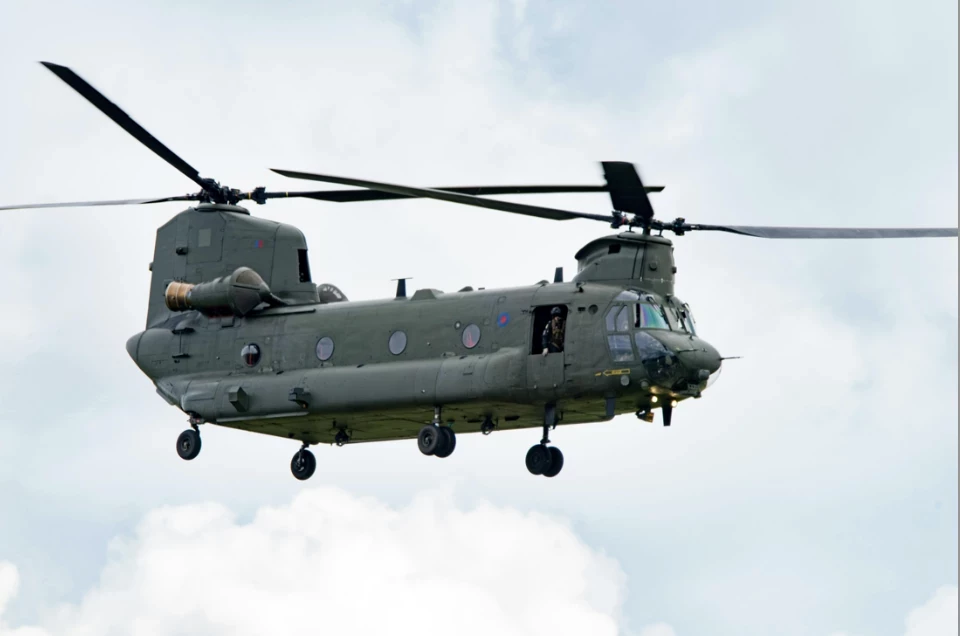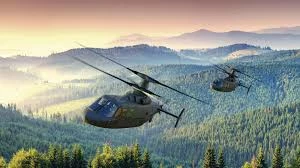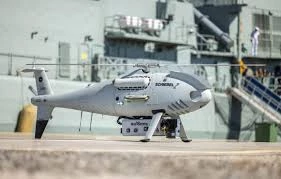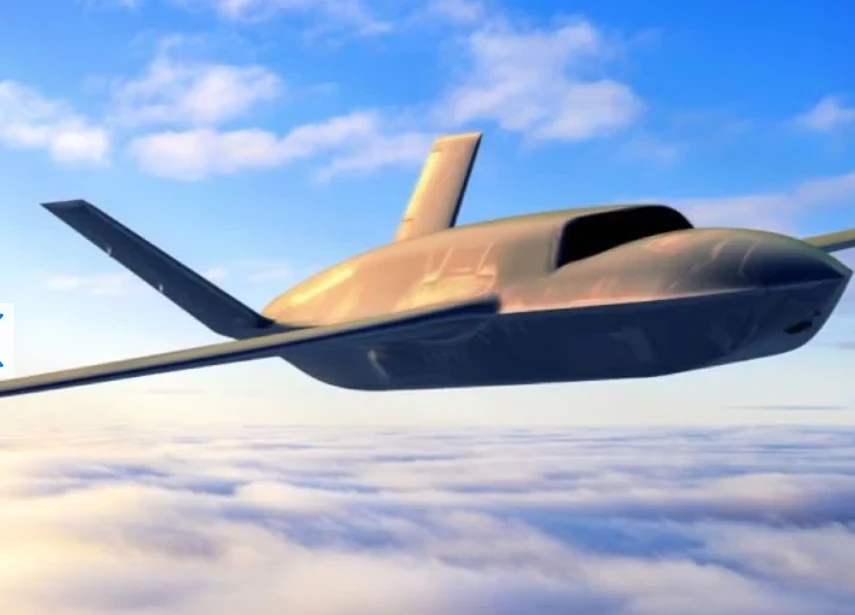Russia's newest Arctic base pushes fighter cover into North America
Add bookmarkMoscow's deployment of MiG-31s and Su-34s at its latest, most northerly Arctic base pushes Russia's air intercept envelope over the North Pole and into the North American continent.
Russia's Defence Minister Sergei Shoigu, on 19 April announced during a flying visit that MiG-31 'Foxhound' long-range interceptors, Su-34 'Fullback' multi-role combat aircraft and supporting Il-78 Midas aerial refuelling tankers will be stationed on Alexandra Island in the far northern Franz Josef Land Archipelago.
The new base, with an 8,000 foot runway, at 80°N, is Russia's most northerly military installation and also the most westerly point in the frozen, uninhabited island group.
This deployment moves aircraft 600 miles further north, next to the Polar ice shelf and towards the Canadian coast less than 1,000 miles away. It is also very much nearer the coveted mineral wealth of the large Norwegian administered Svalbard Archipelago.
It will be able to control, contest and protect the whole Polar region and sends out a firm message of intentions. This includes control over the area above the underwater Lomonosov Ridge feature beneath the Polar ice-cap which Russia claims is a territorial extension of its continental shelf and extends all the way towards Greenland and Canada's Baffin Island.
Moscow's latest MiG-31BM long-range interceptors have an air combat radius of 900 miles and an overall range of 1,800 miles. The Su-34 has a range of nearly 700 miles.
MiG-31BMs are equipped with the latest Zaslon phased-array radar which is claimed to provide 200-mile target detection and a 175-mile missile attack range, and have the ability to attack 6 and detect 24 aerial targets simultaneously.
The air mission has been to protect Russian submarines deploying from the Kola Peninsula to open waters and to protect the Northern Fleet's Anti-Submarine Warfare (ASW) assets, but Russia now has numbers of operating air bases capable of achieving this on a permanent or short notice basis.
In September 2012 a squadron of MiG-31BMs was stationed at Rogachevo on the more southerly island of Novaya Zemlya, much closer to Russia's nuclear submarine bases, but it was hastily withdrawn in February 2013.
The reason given for the withdrawal was that the MiG-31BMs could not take off or land safely with a full payload, an explanation rejected by US military aviation specialists. Earlier versions of the MiG-31 are known to have regularly used the base's 8,000ft runway. The runways at Rogachevo and on Alexandra Land, which is even further north, are in fact both the same length 8,000 ft.
A more likely suggestion was difficulties with the powerful Zaslon radar operating in such cold conditions and the system requiring frequent repair, which is similar to troubles that the USAF has experienced in Alaska.
The deployment was the brain-child of Shoigu's predecessor Anatoliy Serdyukov, who fell from favour as the deployment took place. He has recently been rehabilitated as a Director of Russia's mammoth new state defence and aerospace conglomerate Rostec.
A further reason voiced on social media was simply poor accommodation. To address this and still under construction to house 150 personnel on up to 18 month postings, is the futuristic “Northern Clover” Arctic base, known as the "AzhK - administrative and residential complex” on Alexander Island. Delays though have been reported in the Russian press caused by the state construction organisation Spetsstroy not paying its workers on time.
[inlinead]






















